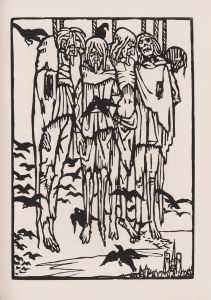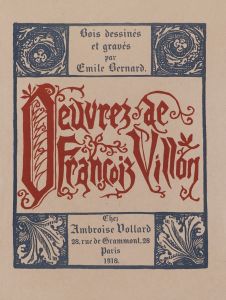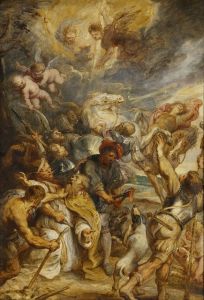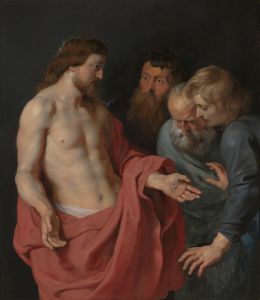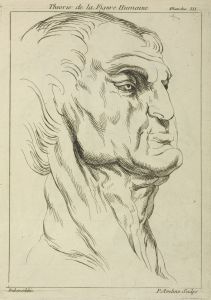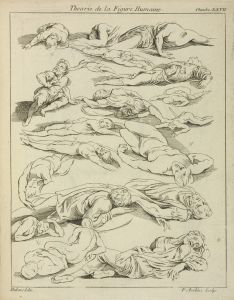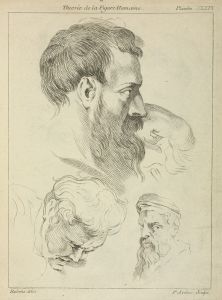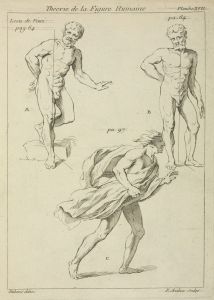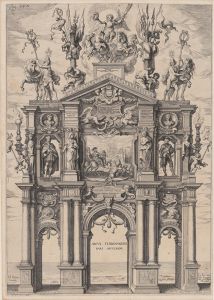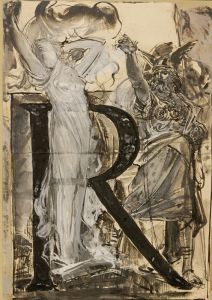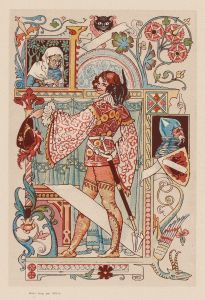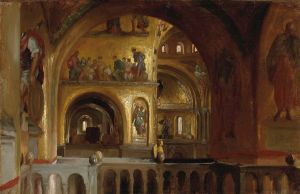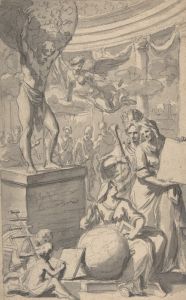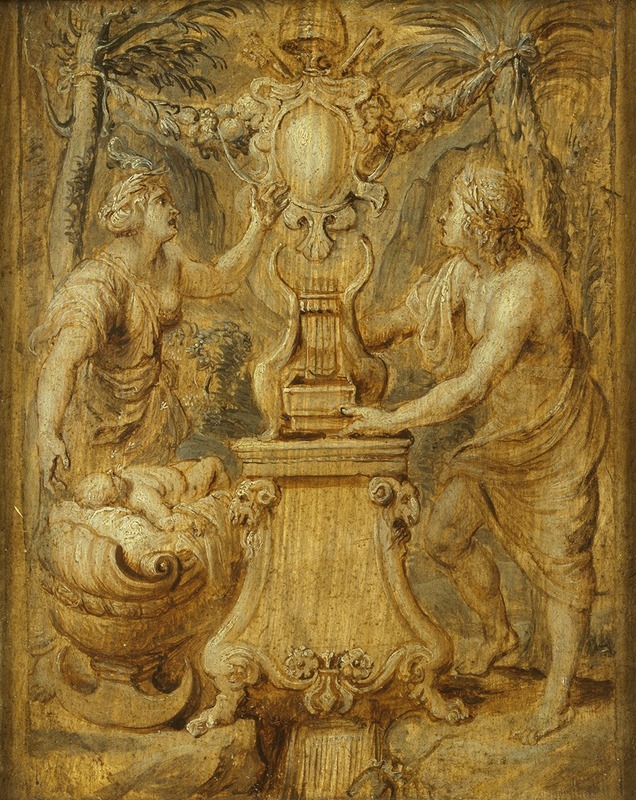
Titelpagina ‘Sarbievii Lyricorum libri IV’
A hand-painted replica of Peter Paul Rubens’s masterpiece Titelpagina ‘Sarbievii Lyricorum libri IV’, meticulously crafted by professional artists to capture the true essence of the original. Each piece is created with museum-quality canvas and rare mineral pigments, carefully painted by experienced artists with delicate brushstrokes and rich, layered colors to perfectly recreate the texture of the original artwork. Unlike machine-printed reproductions, this hand-painted version brings the painting to life, infused with the artist’s emotions and skill in every stroke. Whether for personal collection or home decoration, it instantly elevates the artistic atmosphere of any space.
Peter Paul Rubens, a renowned Flemish artist, is celebrated for his contributions to the Baroque movement, characterized by dramatic expression, rich color, and dynamic compositions. Among his diverse body of work, Rubens is known to have engaged in various artistic endeavors, including book illustrations. One such example is the title page for "Sarbievii Lyricorum libri IV," a collection of lyrical poems by the Polish poet Maciej Kazimierz Sarbiewski.
Maciej Kazimierz Sarbiewski (1595-1640) was a Jesuit priest and a distinguished poet, often referred to as the "Christian Horace" due to his mastery of Latin verse. His works gained considerable acclaim across Europe, and his poetry was widely read and appreciated during the 17th century. "Lyricorum libri IV" is one of his notable collections, which showcases his skill in crafting lyrical poetry that often explored themes of spirituality, morality, and the human experience.
The title page created by Rubens for Sarbiewski's "Lyricorum libri IV" is a testament to the collaborative nature of art and literature during the Baroque period. Rubens, who was active during the early 17th century, was not only a painter but also an accomplished draftsman and designer. His involvement in book illustration highlights the interdisciplinary connections between visual art and literature at the time.
Rubens' design for the title page would have been intended to capture the essence of Sarbiewski's poetry, providing a visual representation that complements the literary content. While specific details about the imagery used in this particular title page are not extensively documented, Rubens' work in this area typically involved intricate allegorical and symbolic elements, reflecting the themes and motifs present in the text.
The collaboration between Rubens and Sarbiewski exemplifies the cultural exchanges that were prevalent in Europe during the Baroque era. Artists and writers often worked together to enhance the aesthetic and intellectual appeal of literary works, creating a rich tapestry of cultural production that resonated with audiences of the time.
Rubens' contribution to the title page of "Sarbievii Lyricorum libri IV" is a reflection of his versatility as an artist and his ability to adapt his style to suit different mediums and contexts. His involvement in such projects underscores the importance of visual art in the dissemination and reception of literary works during the 17th century.
Overall, while detailed information about the specific design elements of the title page for "Sarbievii Lyricorum libri IV" by Rubens may be limited, the collaboration itself is indicative of the broader artistic and cultural practices of the Baroque period. Rubens' work in this area remains a part of his diverse artistic legacy, illustrating the interconnectedness of art and literature in early modern Europe.





